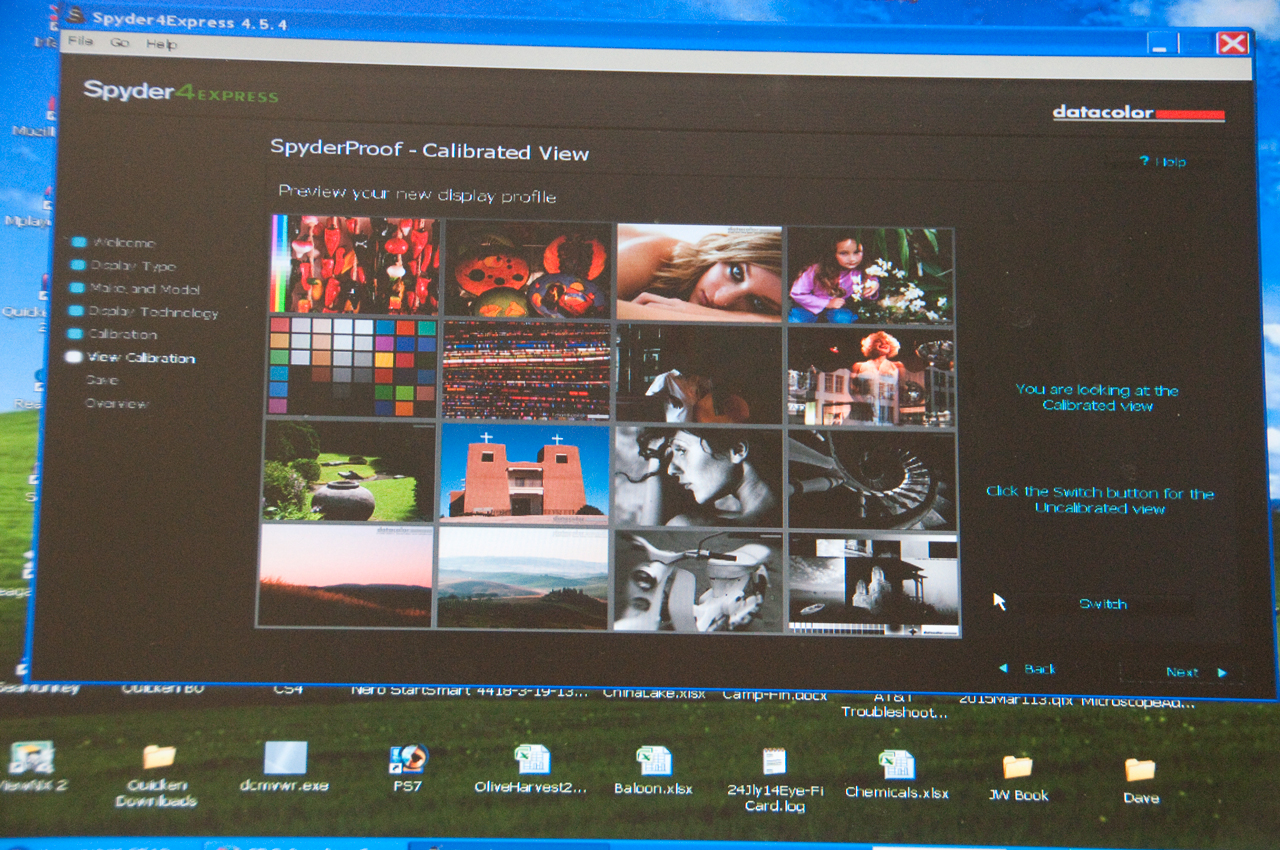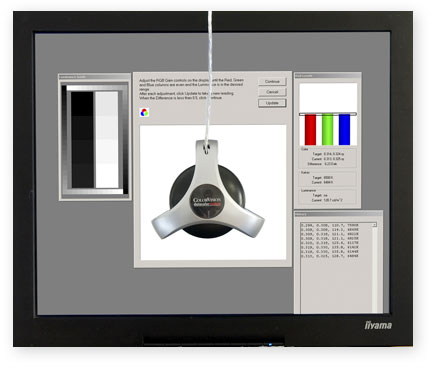

The display in this case is usually set to mimic the color of daylight. When profiling a display, these are requirements. The following are the basic steps when performing a calibration: This is the process of color profiling the display. It begins with creating a profile that best suits the needs for color accuracy that the workflow requires. Well calibrated displays provide the best results when it comes to quality, color and brightness. For displays this requires color calibration.

In order to do this, both the software and hardware must be properly configured. To prevent this from happening, the process of color correction and management becomes important. Inaccurate colors can really ruin it not only for the photographer, but most importantly the designer. You cannot really sell an item that is described as ‘red’ but doesn’t quite look red, let’s say it looks more ‘orange’. This will become a problem especially when color is an important part of the product.

Sometimes the colors do not match what is on screen from what the people see in the real world. Those details include the color in the image. When a designer wants a photographer to display their work, they also expect accuracy in details. This becomes important for commercial work, like shooting photos for e-commerce and print catalogs. Depending on which display you are working on, having it properly calibrated allows you to have the most accurate color reproduction on screen. Other displays include screens on smartphones, televisions, tablets and laptops. The typical display that most are familiar with, is the computer monitor (which we shall cover). This does become important for professionals who work with graphics, video editing and retouching in post. This is not so much for the average user. In order to get the best quality, the display must not only be high resolution, it must be properly calibrated for color accuracy and brightness. Your display tells a story about your images.


 0 kommentar(er)
0 kommentar(er)
